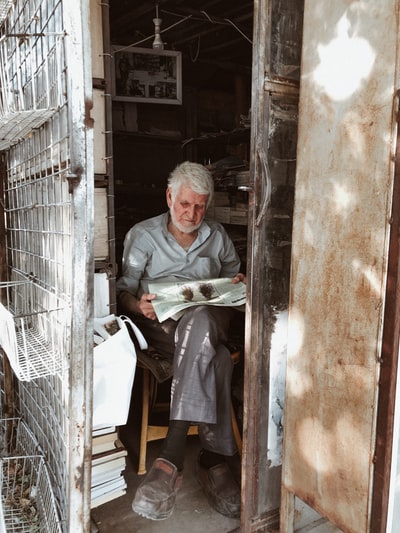 This talk of prosperity, economic boom and Hollywood stars creates the impression that life in the USA in the 1920s was perfect for everyone. It wasn’t. Whilst many people became much richer in the 1920s, there were also other social groups that had things just as hard as ever.
This talk of prosperity, economic boom and Hollywood stars creates the impression that life in the USA in the 1920s was perfect for everyone. It wasn’t. Whilst many people became much richer in the 1920s, there were also other social groups that had things just as hard as ever.
——————————————————
Poverty and Discrimination
While people who had money to invest on the stock market or had ideas to take advantage of the new mass market of consumers continued to make money, some industrial sectors stayed fairly stagnant.
* Industries such as mining that involved extracting raw materials suffered; they produced much more than was demanded, meaning the price of their goods dropped sharply, causing many mining companies to go bust and leaving many workers unemployed in turn.
* It was a similar story in the farming sector, especially for farmers who only had a little land. With the introduction of new technologies such as tractors (often bought on hire purchase), agricultural production increased rapidly. But the laws of supply and demand are sometimes harsh, and in this case all that happened was that the price of foods fell because of the oversupply. Many of the benefits of consumerism also never made it to the countryside; most farmworkers continued to live in deep poverty.
* While a job with Ford or one of its imitators could potentially get you a decent wage, many Americans in towns and cities, especially those with no skills, still found work difficult to come by. And not all companies offered a decent wage, with many factories continuing to believe in the good ol’ fashioned way of keeping workers as poor as humanly possible.
* African Americans had throughout the history of America been the most discriminated against group, and this continued throughout the 1920s. Many African Americans lived in rural areas where they had even less than the poorest white farmers, as very few had land of their own and instead had to work as labourers for others. And African Americans in towns were often forced to the bottom of the pile in terms of the job opportunities and housing that they had.

* Immigrants: as we’ve seen, fear of America being overtaken by ‘undesirable’ nationalities or ethnic groups led to drastic reductions in the number of people allowed in to the country. And many immigrants who were in the USA suffered discrimination.
Together, these poor groups meant that, even as the twenties roared, over a third of Americans lived in poverty (as in no-electricity-and-barely-enough-food type poverty) throughout the decade, with millions of others suffering discrimination.